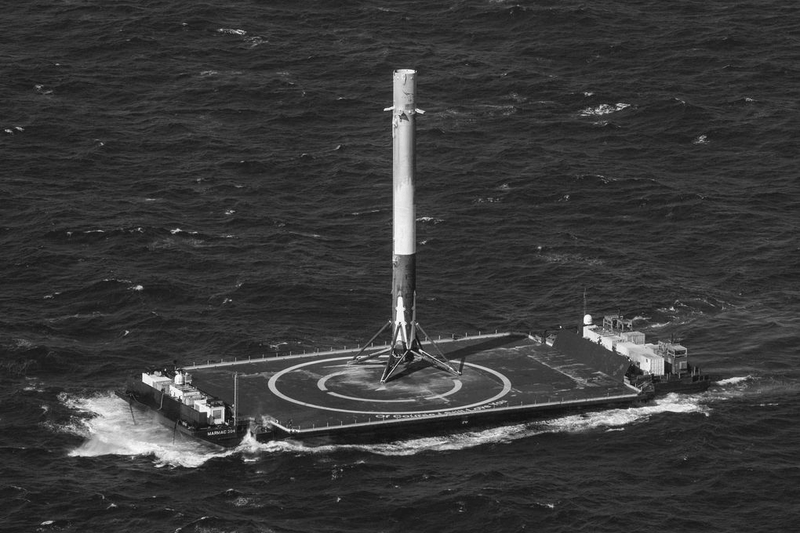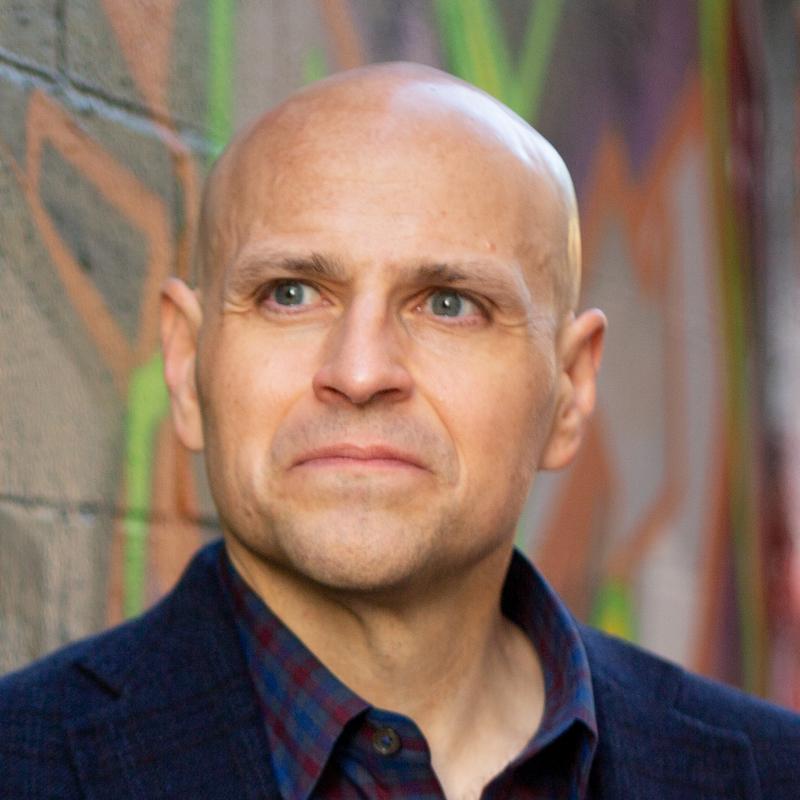
Jeff Bezos sent his annual letter to Amazon shareholders. It’s so good I’ll just quote the most interesting paragraph at length:
One area where I think we are especially distinctive is failure. I believe we are the best place in the world to fail (we have plenty of practice!), and failure and invention are inseparable twins. To invent you have to experiment, and if you know in advance that it’s going to work, it’s not an experiment. Most large organizations embrace the idea of invention, but are not willing to suffer the string of failed experiments necessary to get there. Outsized returns often come from betting against conventional wisdom, and conventional wisdom is usually right. Given a ten percent chance of a 100 times payoff, you should take that bet every time. But you’re still going to be wrong nine times out of ten. We all know that if you swing for the fences, you’re going to strike out a lot, but you’re also going to hit some home runs. The difference between baseball and business, however, is that baseball has a truncated outcome distribution. When you swing, no matter how well you connect with the ball, the most runs you can get is four. In business, every once in a while, when you step up to the plate, you can score 1,000 runs. This long-tailed distribution of returns is why it’s important to be bold. Big winners pay for so many experiments.
(Emphasis mine.)
It’s hard to imagine a more electrifying argument for 10x thinking…
But I’ve got one. On Friday, SpaceX finally stuck the landing. The reusable Falcon 9 rocket launched its cargo supply ship into space, then returned to Earth and successfully landed (upright this time) on a robotic barge. It was thrilling. But the most exciting part for me was listening to the overjoyed SpaceX team go totally bonkers. Watch the video (start at about 27:00). What an accomplishment. Congratulations to everyone.
Good Reads
Don’t hire your first product manager from outside, convert an existing employee. That’s Gokul Rajaram’s point of view. He encourages founders to take a DIY approach to hiring (creating?) your first PM. Incidentally, Gokul’s argument forms the other end of my advice to anyone look to move into product management—it’s probably easier to become a PM at your current company than to convince someone else to hire you as one.

If you send the emoji 😁 to my iPhone, I’ll read it as “doing my best to grin and bear it, but this is painfully awkward.” I’m sure I’ve used it that way. But on my desktop computer in Gmail, I see a blobby overjoyed face. If you asked, I probably would have assumed they were different symbols. A recent study shows that people interpret emoji differently across platforms. The “grinning face with smiling eyes” emoji—😁—is viewed as slightly negative if you’re using an Apple device and super-positive if you’re on a Google device (or Gmail). I guess those of us in cross-platform relationships should stick to emoji that have transcendent, international meaning: 🍩
“You will ship the org chart whether you like it or not, so make sure it works in your favor!” Dag Olav Norem pens a response to my essay, Don’t Ship the Org Chart. I think we’re violently agreeing—whether you call it shipping the org chart or not, don’t let it interfere with your users.
Jellyfish can help you cut off long-winded people in meetings, according to this bizarre yet compelling article from Harvard Business Review.
“Jellyfish.”
(It worked.)
